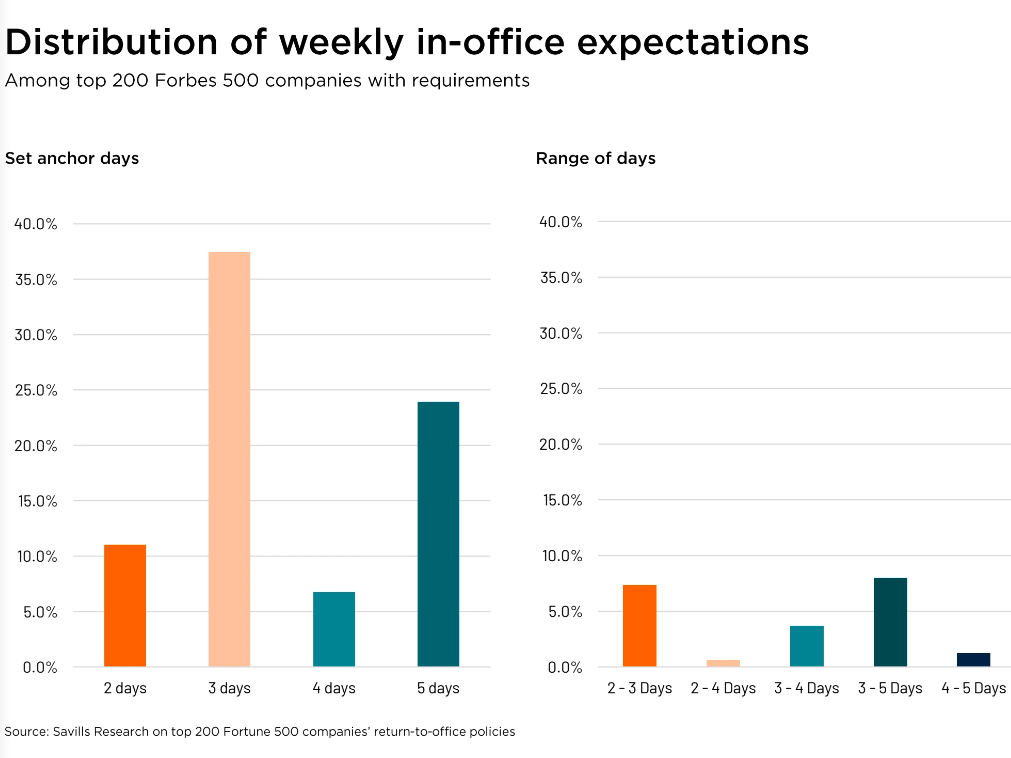How to Beat 10 Reasons for Construction Failure
Here are a series of elements for owners to ensure they have a successful roadmap for meeting project goals, notes Barry LePatner of LePatner & Associates LLP and Insights+ LLC.
Distressed assets are defined here as construction projects that have already broken ground but have stalled. Here are a series of elements that, when carried out faithfully, will work in the best interests of owners to ensure that they have a successful roadmap for meeting its business goals and objectives for the next project.
The causes of project failure can result from poor judgment, the improper use of technology, or the failure of the team members to communicate effectively. As the list below shows, they cover a wide range of issues. Even seemingly simple, straightforward projects face the sorts of problems that can eventually manifest in failure, with owners in jeopardy of losing millions of dollars.
As projects of the 21st Century are increasing in complexity due to needs such as seismic demands, environmental and sustainability commitments, and the increasing use of newly-developed materials, it is easy to see how problems can rapidly escalate into disasters.
Here are 10 of the most common causes of project failure:
- Poorly defined project scope
- Failure to contractually mandate that plans and specifications be complete and coordinated prior to commencement of work
- Failure to provide design team enough time to finalize the design and have it reviewed by all critical trades for constructability
- Inadequate time spent identifying the known and unanticipated risks that will face the project and assign scopes of work to the various team members to address them
- Failure to secure contracts from the CM\GC that reflect a fixed price based on the complete and coordinated set of construction drawings that guarantee a schedule date for completion, since the construction team has all the needed information to complete the work without change orders for missing elements of the design
- Ensuring against project managers who lack experience and training
- Lack of effective communication at all levels because the owner and team members are not using a mutually agreeable project management software that identifies and tracks all critical milestones and provided early warning notices for any work that fails to meet its scheduled completion date
- Key staff leaving the project during the course of the construction phase
- Assumptions and expectations of the owner team that have not been tested
- Ineffective leadership at all levels of the project by all team members
Overseeing today’s construction project is not possible without experienced field representatives protecting the owner. Few architects and engineers have secured the necessary training in the field to provide adequate oversight of a large, complex project. Too often, owner representatives have become nothing more than scribes who record project meeting minutes but are neither skilled nor paid by owners to meaningfully oversee the work.
With the introduction of Building Information Modeling (BIM), which enables the design team to produce—and have the construction team validate the model before construction starts—a virtual model of the finished structure, owners now have greater support and more verifiable checks and balances of the ongoing work. Owners seeking to secure the benefits of this approach (and more and more are learning that the implementation of BIM must emanate from the owner if it is to be used at all) should turn to consultants who can implement this approach.
Construction of today’s projects—from schools, hotels and healthcare facilities to office and residential towers—include more skilled expertise to define the special needs to meet environmental, health and complex building code requirements. Owners must begin to spend much more time doing the necessary risk management and planning to secure greater control over these variables.
The only way to do this is to see the value of incorporating risk management and risk transfer with the due diligence needed to retain the right team members for each project. It is no longer about hiring the team member who worked on 20 similar projects, since it is likely that most, if not all, incurred substantial cost overruns and delays that owners must strive hard to avoid the next time around.
Barry B. LePatner, Esq., is the Founder of LePatner & Associates LLP, & the CEO of Insights+ LLC. He is prominent as an author and advisor on business and legal issues affecting the real estate, design, and construction industries, and is widely recognized as a thought leader in the construction industry.








You must be logged in to post a comment.